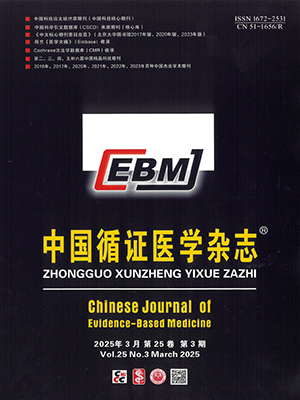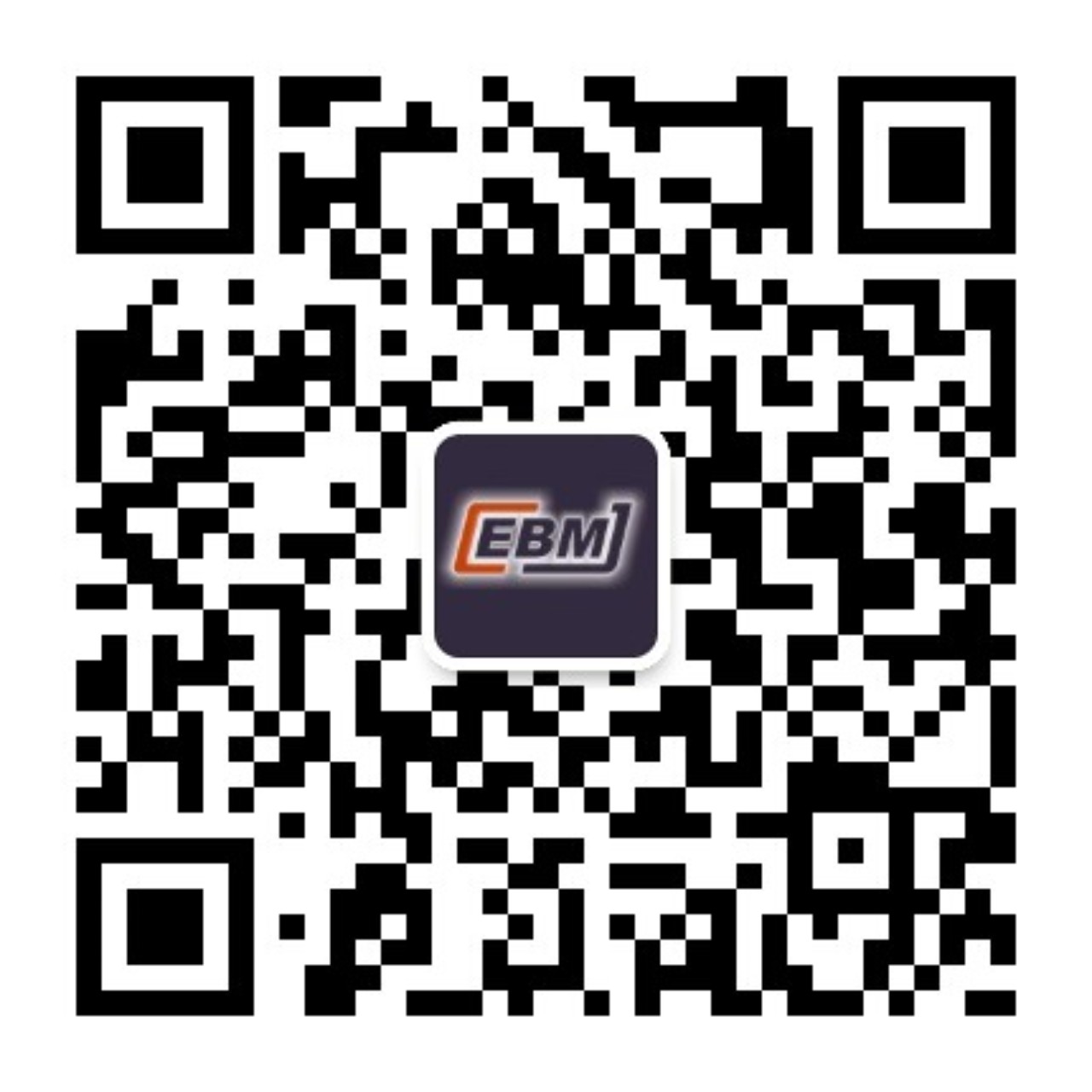| 1. |
Burns GS, Thompson AJ. Viral hepatitis B: clinical and epidemiological characteristics. Cold Spring Harb Perspect Med, 2014, 4(12): a024935.
|
| 2. |
Liu J, Yang HI, Lee MH, et al. Distinct seromarkers predict different milestones of chronic hepatitis B progression. Hepatology, 2014, 60(1): 77-86.
|
| 3. |
Manno M, Camma C, Schepis F, et al. Natural history of chronic HBV carriers in northern Italy: morbidity and mortality after 30 years. Gastroenterology, 2004, 127(3): 756-763.
|
| 4. |
Liu F, Wang XW, Chen L, et al. Systematic review with meta-analysis: development of hepatocellular carcinoma in chronic hepatitis B patients with hepatitis B surface antigen seroclearance. Aliment Pharmacol Ther, 2016, 43(12): 1253-1261.
|
| 5. |
Zhao C, Ma YL, Li LQ, et al. Letter: clinical outcomes of HBsAg loss in chronic HBV infection. Aliment Pharmacol Ther, 2016, 44(5): 535-536.
|
| 6. |
Zhang XY, Jia RR, Xiang X, et al. Letter: older age and male gender increase the risk of hepatocellular carcinoma after hepatitis B surface antigen (HBsAg) seroclearance. Aliment Pharmacol Ther, 2017, 46(9): 906-908.
|
| 7. |
Yuen MF, Wong DK, Fung J, et al. HBsAg Seroclearance in chronic hepatitis B in Asian patients: replicative level and risk of hepatocellular carcinoma. Gastroenterology, 2008, 135(4): 1192-1199.
|
| 8. |
Tong MJ, Nguyen MO, Tong LT, et al. Development of hepatocellular carcinoma after seroclearance of hepatitis B surface antigen. Clin Gastroenterol Hepatol, 2009, 7(8): 889-893.
|
| 9. |
Ahn SH, Park YN, Park JY, et al. Long-term clinical and histological outcomes in patients with spontaneous hepatitis B surface antigen seroclearance. J Hepatol, 2005, 42(2): 188-194.
|
| 10. |
Arase Y, Ikeda K, Suzuki F, et al. Long-term outcome after hepatitis B surface antigen seroclearance in patients with chronic hepatitis B. Am J Med, 2006, 119(1): 71.
|
| 11. |
Kim JH, Lee YS, Lee HJ, et al. HBsAg seroclearance in chronic hepatitis B: implications for hepatocellular carcinoma. J Clin Gastroenterol, 2011, 45(1): 64-68.
|
| 12. |
Huo TI, Wu JC, Lee PC, et al. Sero-clearance of hepatitis B surface antigen in chronic carriers does not necessarily imply a good prognosis. Hepatology, 1998, 28(1): 231-236.
|
| 13. |
Chen YC, Sheen IS, Chu CM, et al. Prognosis following spontaneous HBsAg seroclearance in chronic hepatitis B patients with or without concurrent infection. Gastroenterology, 2002, 123(4): 1084-1089.
|
| 14. |
Idilman R, Cinar K, Seven G, et al. Hepatitis B surface antigen seroconversion is associated with favourable long-term clinical outcomes during lamivudine treatment in HBeAg-negative chronic hepatitis B patients. J Viral Hepat, 2012, 19(3): 220-226.
|
| 15. |
Da Silva LC, Madruga CL, Carrilho FJ, et al. Spontaneous hepatitis B surface antigen clearance in a long-term follow-up study of patients with chronic type B hepatitis. Lack of correlation with hepatitis C and D virus superinfection. J Gastroenterol, 1996, 31(5): 696-701.
|
| 16. |
Fattovich G, Giustina G, Sanchez-Tapias J, et al. Delayed clearance of serum HBsAg in compensated cirrhosis B: relation to interferon alpha therapy and disease prognosis. European Concerted Action on Viral Hepatitis (EUROHEP). Am J Gastroenterol, 1998, 93(6): 896-900.
|
| 17. |
De Franchis R, Meucci G, Vecchi M, et al. The natural history of asymptomatic hepatitis B surface antigen carriers. Ann Intern Med, 1993, 118(3): 191-194.
|
| 18. |
Nam SW, Jung JJ, Bae SH, et al. Clinical outcomes of delayed clearance of serum HBsAG in patients with chronic HBV infection. Korean J Intern Med, 2007, 22(2): 73-76.
|
| 19. |
Simonetti J, Bulkow L, Mcmahon BJ, et al. Clearance of hepatitis B surface antigen and risk of hepatocellular carcinoma in a cohort chronically infected with hepatitis B virus. Hepatology, 2010, 51(5): 1531-1537.
|
| 20. |
Cho JY, Paik YH, Sohn W, et al. Patients with chronic hepatitis B treated with oral antiviral therapy retain a higher risk for HCC compared with patients with inactive stage disease. Gut, 2014, 63(12): 1943-1950.
|
| 21. |
Chen YC, Jeng WJ, Chien RN, et al. Clinical outcomes after spontaneous and nucleos(t)ide analogue-treated HBsAg seroclearance in chronic HBV infection. Aliment Pharmacol Ther, 2016, 43(12): 1311-1318.
|
| 22. |
Kim GA, Lee HC, Kim MJ, et al. Incidence of hepatocellular carcinoma after HBsAg seroclearance in chronic hepatitis B patients: a need for surveillance. J Hepatol, 2015, 62(5): 1092-1099.
|
| 23. |
Mcmahon BJ, Holck P, Bulkow L, et al. Serologic and clinical outcomes of 1536 Alaska Natives chronically infected with hepatitis B virus. Ann Intern Med, 2001, 135(9): 759-768.
|
| 24. |
Lauret E, Gonzalez-Dieguez ML, Rodriguez M, et al. Long-term outcome in Caucasian patients with chronic hepatitis B virus infection after HBsAg seroclearance. Liver Int, 2015, 35(1): 140-147.
|
| 25. |
Gounder PP, Bulkow LR, Snowball M, et al. Nested case-control study: hepatocellular carcinoma risk after hepatitis B surface antigen seroclearance. Aliment Pharmacol Ther, 2016, 43(11): 1197-1207.
|
| 26. |
Ferreira SC, Chacha SG, Souza FF, et al. Factors associated with spontaneous HBsAg clearance in chronic hepatitis B patients followed at a university hospital. Ann Hepatol, 2014, 13(6): 762-770.
|
| 27. |
Moucari R, Korevaar A, Lada O, et al. High rates of HBsAg seroconversion in HBeAg-positive chronic hepatitis B patients responding to interferon: a long-term follow-up study. J Hepatol, 2009, 50(6): 1084-1092.
|
| 28. |
Lim TH, Gane E, Moyes C, et al. Serological and clinical outcomes of horizontally transmitted chronic hepatitis B infection in New Zealand Maori: results from a 28-year follow-up study. Gut, 2015, 64(6): 966-972.
|
| 29. |
Tseng TC, Liu CJ, Chen CL, et al. Higher lifetime chance of spontaneous surface antigen loss in hepatitis B carriers with genotype C infection. Aliment Pharmacol Ther, 2015, 41(10): 949-960.
|
| 30. |
Kim JH, Lee JH, Park SJ, et al. Factors associated with natural seroclearance of hepatitis B surface antigen and prognosis after seroclearance: a prospective follow-up study. Hepatogastroenterology, 2008, 55(82-83): 578-581.
|
| 31. |
Yip TC, Chan HL, Wong VW, et al. Impact of age and gender on risk of hepatocellular carcinoma after hepatitis B surface antigen seroclearance. J Hepatol, 2017, 67(5): 902-908.
|
| 32. |
Liu J, Yang HI, Lee MH, et al. Spontaneous seroclearance of hepatitis B seromarkers and subsequent risk of hepatocellular carcinoma. Gut, 2014, 63(10): 1648-1657.
|
| 33. |
Park YM, Lee SG. Clinical features of HBsAg seroclearance in hepatitis B virus carriers in South Korea: a retrospective longitudinal study. World J Gastroenterol, 2016, 22(44): 9836-9843.
|
| 34. |
Orito E, Hasebe C, Kurosaki M, et al. Risk of hepatocellular carcinoma in cirrhotic hepatitis B virus patients during nucleoside/nucleotide analog therapy. Hepatol Res, 2015, 45(8): 872-879.
|
| 35. |
Fwu CW, Chien YC, Kirk GD, et al. Hepatitis B virus infection and hepatocellular carcinoma among parous Taiwanese women: nationwide cohort study. J Natl Cancer Inst, 2009, 101(14): 1019-1027.
|
| 36. |
Qu LS, Liu JX, Zhang HF, et al. Effect of serum hepatitis B surface antigen levels on predicting the clinical outcomes of chronic hepatitis B infection: A meta-analysis. Hepatol Res, 2015, 45(9): 1004-1013.
|
| 37. |
Sarin SK, Kumar M, Lau GK, et al. Asian-Pacific clinical practice guidelines on the management of hepatitis B: a 2015 update. Hepatol Int, 2016, 10(1): 1-98.
|
| 38. |
Lok AS, Mcmahon BJ. Chronic hepatitis B: update 2009. Hepatology, 2009, 50(3): 661-662.
|
| 39. |
Yuen MF, Wong DK, Sablon E, et al. HBsAg seroclearance in chronic hepatitis B in the Chinese: virological, histological, and clinical aspects. Hepatology, 2004, 39(6): 1694-1701.
|
| 40. |
Seto WK, Tanaka Y, Wong DK, et al. Longitudinal profiles of highly sensitive hepatitis B surface antigen levels: re-evaluation of HBsAg seroclearance. Liver Int, 2016, 36(5): 642-650.
|




